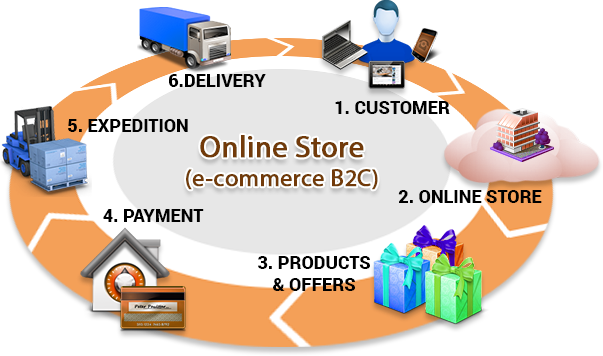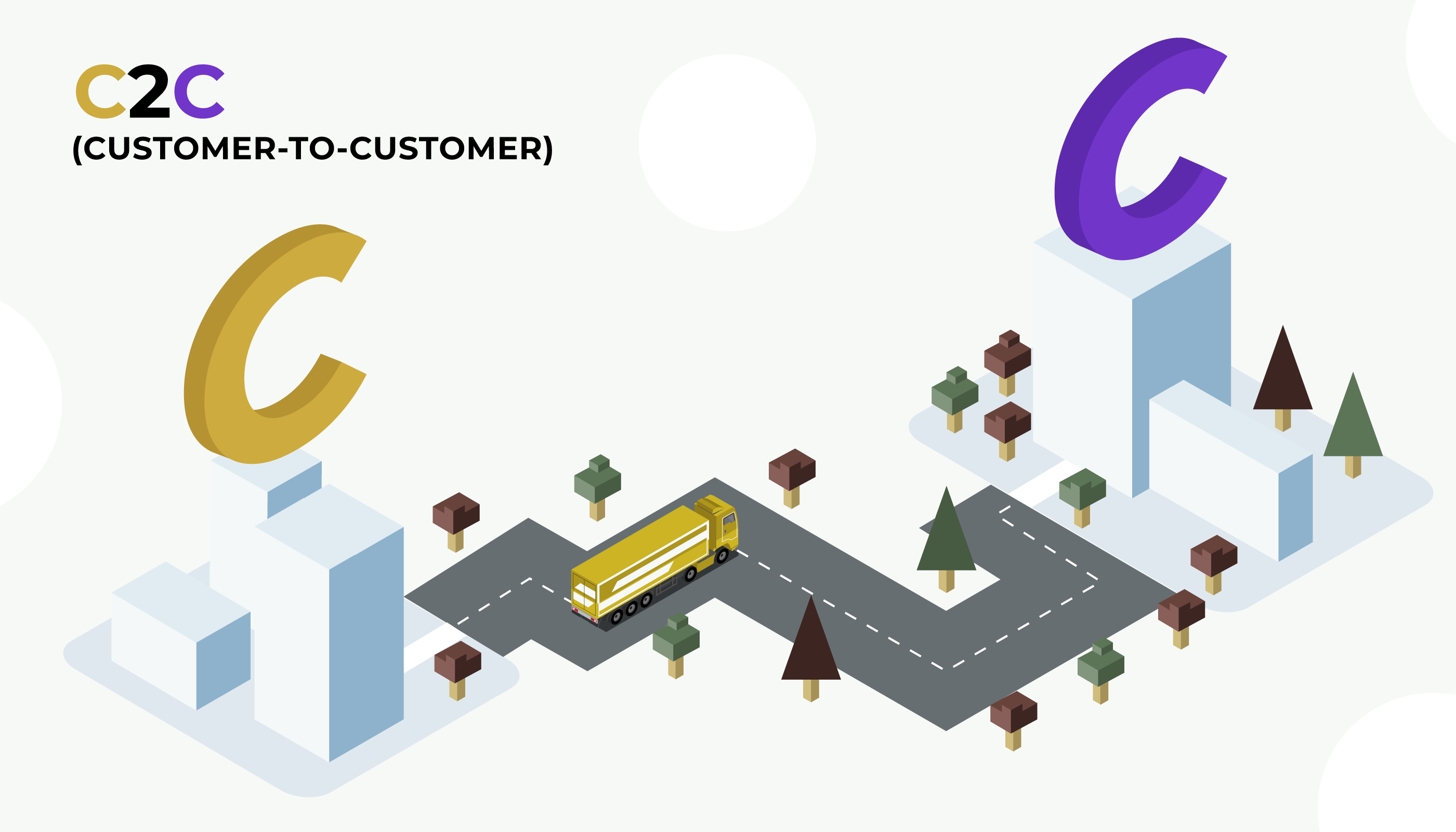E-Commerce business models
To start any business online one must learn the different e-commerce models. There are 4 Major e-commerce business models which are as follows:
- B2C Model
- B2B Model
- C2C Model
- C2B Model
B2C Model:
The B2C sector is
what most people think of when they imagine an ecommerce business. This is the
deepest ecommerce market, and many of the names you’ll see here are known
quantities offline, too. B2C sales are the traditional retail
model, where a business sells to individuals, but business is conducted
online as opposed to in a physical store.
B2B Model:

B2B, or Business to Business,
is the largest e-commerce model. In this model, both the sellers and buyers are
business entities. This model describes the transactions between a retailer or
a wholesaler, or a wholesaler and manufacturer. A B2B ecommerce business
typically requires more startup cash.
C2C Model:
The C2C or consumer to
consumer business model involves a transaction between two consumers. It is
also known as a citizen to citizen. A common example of this model would be an
online auction, where a customer or visitor posts an item for sale and other
customer bids to purchase it. However, the third party generally charges a
commission.



